Central Brooklyn Recording Studio Tour, Part II: DUMBO
Atlantic Sound Studios
I had every reason to expect a good view when I walked in to Atlantic Sound Studios. It’s in a highrise commercial building at the end of Jay Street in DUMBO, only footsteps away from the water. I had seen pictures of the studio online and gathered that its windows overlooked the river. When I interviewed producer/engineer Damian Taylor about the making of Björk’s Biophilia, he had mentioned that the sights were a major factor in their choosing of the studio.
Still, none of that prepared me for just how much of a spectacle Atlantic’s panorama of the East River would be. The sight stretches from the Manhattan Bridge two blocks to the west, and sweeps up the river into the distance. Straight out from the windows, Manhattan island sits in profile like a private, life-sized diorama.
When I visited, the effect was calming and invigorating at once, even in the grey light of a damp February afternoon. Thanks to a brilliant layout dreamed up by musician/engineer Diko Shoturma and his draftsman father, the angles of the studio allow this sight to permeate the entire studio, through the live room, into the control room, lounge, and even Studio B.
Despite his exotic sounding name, Shoturma strikes you as wholly American, and shows few surface traces of his Ukranian heritage. As a teenager, he was the kind of kid who recorded his high school band on a cassette deck, and today he’s a friendly, handsome 30-something with the professionally unkempt look of a DUMBO creative type.
Shoturma moved into this space ten years ago, building out the studio in a single flurry of construction, and bringing in an original Trident 80 console and a Studer multi-track tape machine. “It was a totally different neighborhood back then,” he told me, “I think there may have been one bar back then, and maybe one restaurant too.”
Since then, the neighborhood has rapidly reinvigorated. Abandoned factories have filled up with trendy eateries, well-appointed boutiques and creative businesses, and Atlantic Sound’s clientele has grown as well, keeping pace with the boom around it. In addition to Björk, the studio has hosted sessions for Sufjan Stevens, St. Vincent, Cat Power, Nada Surf, Jet, and O’Death.
The room’s gear selection is more than ample and reflects a priority for vibe and value over prestige. Corners are filled with odd and amazing vintage microphones – including rare ribbons and vintage Lomo’s – Hagstrom guitars, a suitcase Rhodes and an upright piano. Newer mics from boutique builders Soundelux and Charter Oak fill any holes for outside engineers who are accustomed to more pedigreed vintage breeds.
It’s a comfortable space that has just enough exposed brick to feel casual, and just enough of the right flourishes to appear professional to its core. The room has a Pro Tools HD system to complement its all-analog console and Studer tape deck, and it books at a surprising rate – low enough to accommodate any serious independent project.
Saltlands Recording Studios
10 years ago, as Diko Shoturma was building his studio in a waterfront high-rise at 10 Jay Street, Steve Salett was also getting started a mere block away at 68 Jay. He began by renting out a single rehearsal room deep underground, in the basement of a renovated 19th-century factory building.
“The thing I hated most about being a musician was the rehearsal rooms,” Salett told me when I first visited. He’s still an active musician himself and plays in the band The Poison Tree. “They would all be so loud and uncomfortable, and I’d end up hating everybody who wasn’t sharing a room with me.”
In that vein, Saltlands began as almost a kind of anti-rehearsal-studio rehearsal-studio. Visitors will find no surly metal-heads, guarding awkwardly-carpeted vomitoriums of high-decibel leakage. They won’t find tattooed fashion-plates keying musicians in to pricey mirrored rooms either. Instead, they’re treated to the affable pair of owner Steve Salett and studio manager Jackie Lin Werner. They’ve struck a satisfying balance between the extremes and now oversee more than 12,000 square feet of private underground lairs.
Today, Saltlands is a lot more than a series of conventional, multi-purpose rehearsal spaces. It’s also home to at least four full-fledged production studios. The flagship room, Saltlands Studio A, is a built around a Neotek Elite console and a Neve Sidecar. Its sister-room, Saltlands Studio B, sports a Trident 80C, racks filled with vibey tube gear and an ample live room. There’s even an independently operated API-based studio just down the hall called Between the Trains.
On the other end of the building, house engineer Jim Smith runs an odd and charming C-room known as “Homeward Sound.” It’s a small, console-free tracking space that features an incongruously-placed kitchen table near the center of the live room. The table sits under a chandelier made of recycled rollerskates and a wall full of vintage guitars. It, too, falls under the Saltlands umbrella.
There are times when a tour of the grounds has an unmistakable down-the-rabbit-hole quality. As we made the rounds, one door revealed engineer/musician Rusty Santos tinkering with the open skeleton of an upright piano and a pillow-fort of improvised baffles; another opened up into a comfortable rehearsal room, decorated to the ceiling with playful kitsch ornaments.
As a space, the scale of Saltlands is impressive. Not stupefying like a Kaufman Astoria Studios, but large enough to feel like its own little town. Both Studios A and B are comfortable and incredibly affordable. They’re well-equipped, with some of the most coveted compressors, EQs and preamps around, but neither room feels over-finished or stuffed with gear.
“The gear isn’t what makes us,” Salett says, “Our focus is a community focus. I think that’s what I’d want people to know, really. That we’re a vibrant music community, dedicated to making good music.”
Werner, who manages Saltlands, has worked at several studios, most recently at Williamsburg’s Headgear Recording, agrees. She says it’s the convergence of so many creative people in one place that makes Saltlands Studios distinct from the rest.
“It’s not a tangible thing at first,” she says, “But when you come down you get a sense of it. It really is this community of people – a large group of musicians and engineers who are interacting with each other everyday and helping each other out. You can walk down the hall and borrow something from a friend, or go upstairs and talk to Joel from Ecstatic Electric, but on top of all that, there’s still this level of professionalism and of people collaborating and pitching in.”
As I left Saltlands, Smith and Santos passed each other in the hall: “What are you working on today?” one said to the other. “Oh, you know… Same stuff as yesterday.” They both laughed, a bit more than I, or either of them, seemed to expect. It was just a few words, but apparently they had said a lot.
Please note: When you buy products through links on this page, we may earn an affiliate commission.







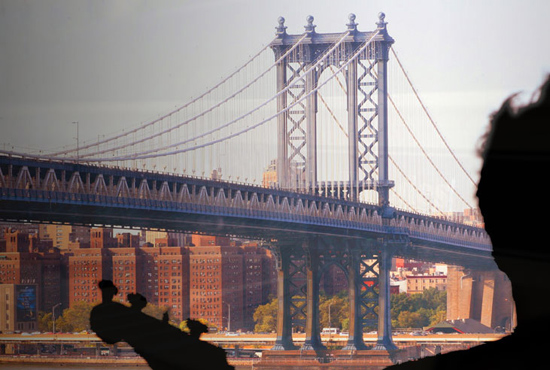
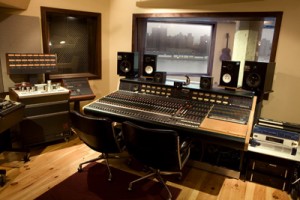
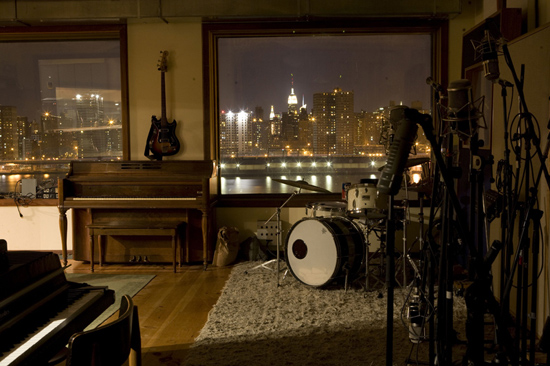
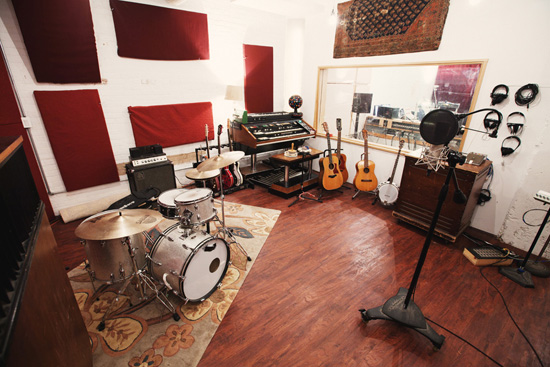
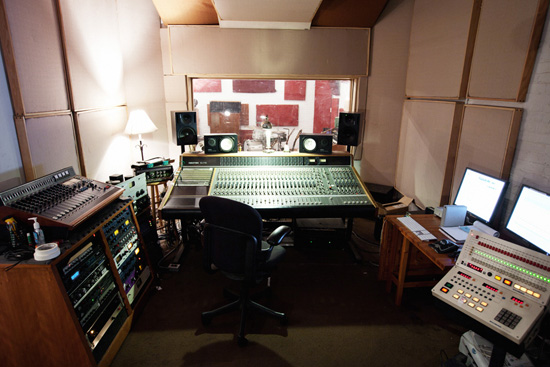
TWOTHREETWOS@YAHOO.COM
March 12, 2012 at 8:00 pm (13 years ago)i honestly love looking at the studio seeing whats to become a potential new how to exec level music productions reall looks comfy To the futre .